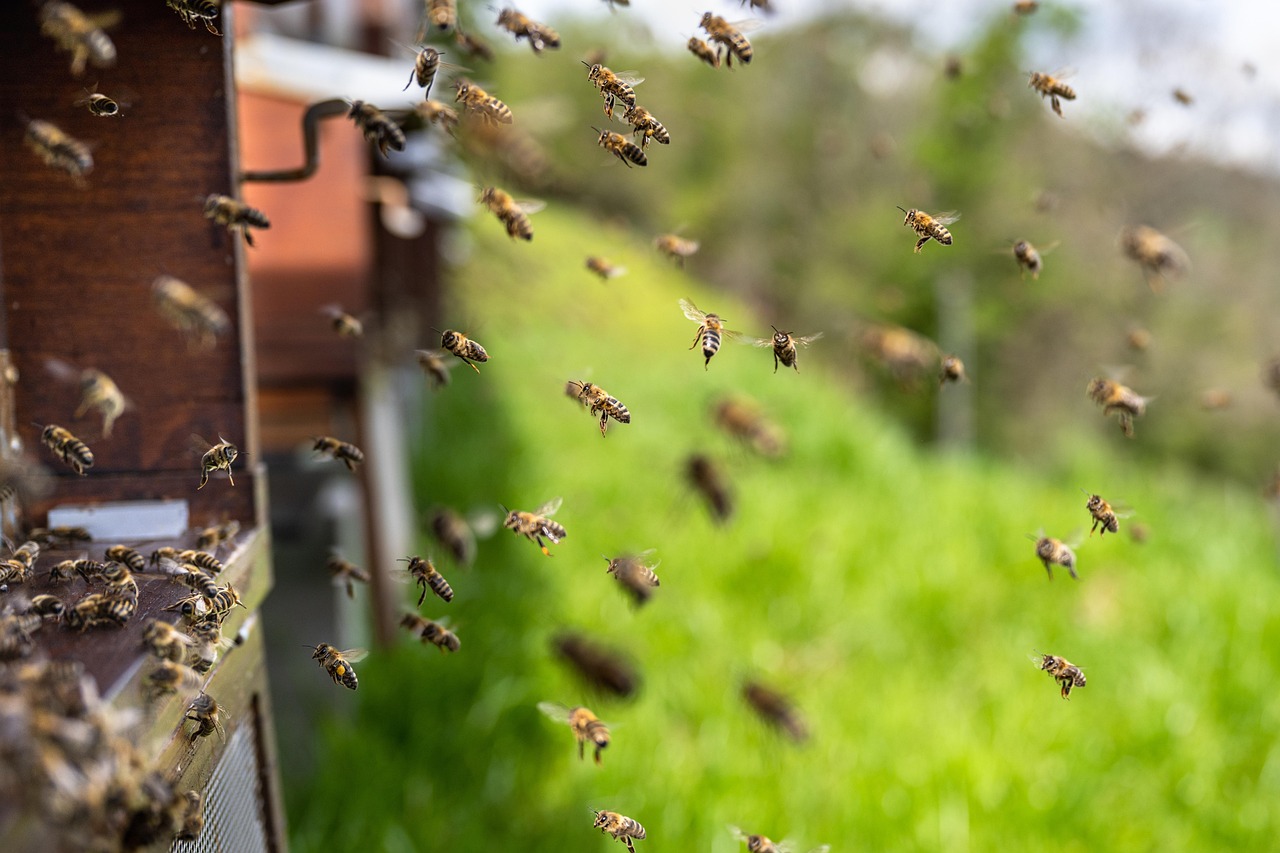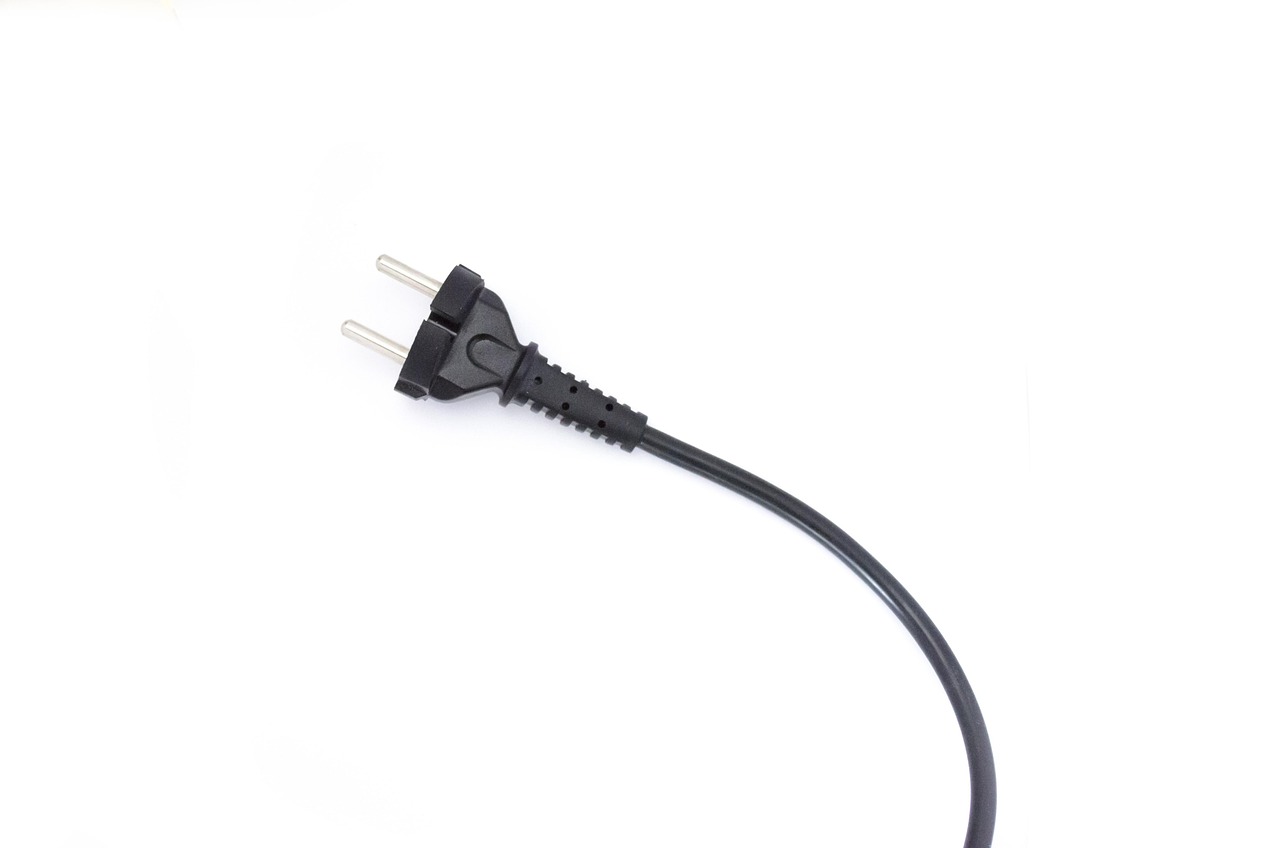The Rise of Urban Beekeeping: A Buzzing Trend in Modern Cities
The world of pets and animals is always evolving, introducing new trends and practices. One such trend that has recently caught worldwide attention is urban beekeeping. This practice, once restricted to rural settings, is now making waves in concrete jungles around the globe.

The Historical Significance of Beekeeping
Beekeeping, or apiculture, is a practice that dates back to ancient times. It was prevalent in Egypt as far back as 2400 BC, where honey was used for culinary purposes and as a healing agent. Over the centuries, beekeeping spread across continents, with different cultures harnessing it for various uses. In Europe during the Middle Ages, beeswax became a valuable commodity for candle making. However, beekeeping remained a largely rural practice until the 21st century.
The Emergence of Urban Beekeeping
Urban beekeeping emerged as an offshoot of the urban farming movement, which gained momentum in the early 2000s. The trend began as a response to increasing concerns about food security, environmental conservation, and the desire for organic produce. As city dwellers sought ways to reconnect with nature and contribute to environmental sustainability, rooftops, balconies, and abandoned urban spaces became unlikely havens for bee colonies.
The Current Buzz Around Urban Beekeeping
Today, cities like New York, London, and Tokyo are buzzing with urban beekeepers. These urban apiarists, as they’re called, maintain hives in the most unexpected city spaces, from the rooftops of high-end restaurants to local community gardens. The honey produced is often sold or used in local eateries, contributing to the city’s economy and culinary appeal.
The price range for setting up an urban beehive can vary greatly, depending on the city, local regulations, and the specific needs of the bees. A basic setup can cost anywhere from $200 to $500, but the price can go up with additional features and maintenance tools.
Why Urban Beekeeping Matters
Urban beekeeping isn’t just a trendy hobby—it’s a crucial step towards conservation. Bees play a critical role in pollination, aiding the growth of trees and flowers that keep cities green. With the global bee population facing numerous threats, from climate change to habitat loss, urban beekeeping offers a lifeline for these vital creatures.
Moreover, urban beekeeping encourages city dwellers to engage with nature and learn about environmental conservation. It’s a practice that fosters community engagement, educates people about food production, and promotes biodiversity in cities.
The Future of Urban Beekeeping
As cities continue to grow and evolve, the role of urban beekeeping is becoming increasingly important. Many cities are now introducing policies to support urban apiarists and encourage more people to take up the practice.
Even as urban beekeeping continues to grow, it’s important to remember that it requires commitment, knowledge, and respect for the bees. It’s not just about producing honey, but about nurturing these incredible creatures and helping them survive in an increasingly urbanized world.
In conclusion, urban beekeeping represents a fascinating blend of past and present, rural traditions and urban innovations. As we continue to explore new ways of interacting with the animal world, practices like these remind us that even in the heart of a bustling city, we can find a connection to nature.





